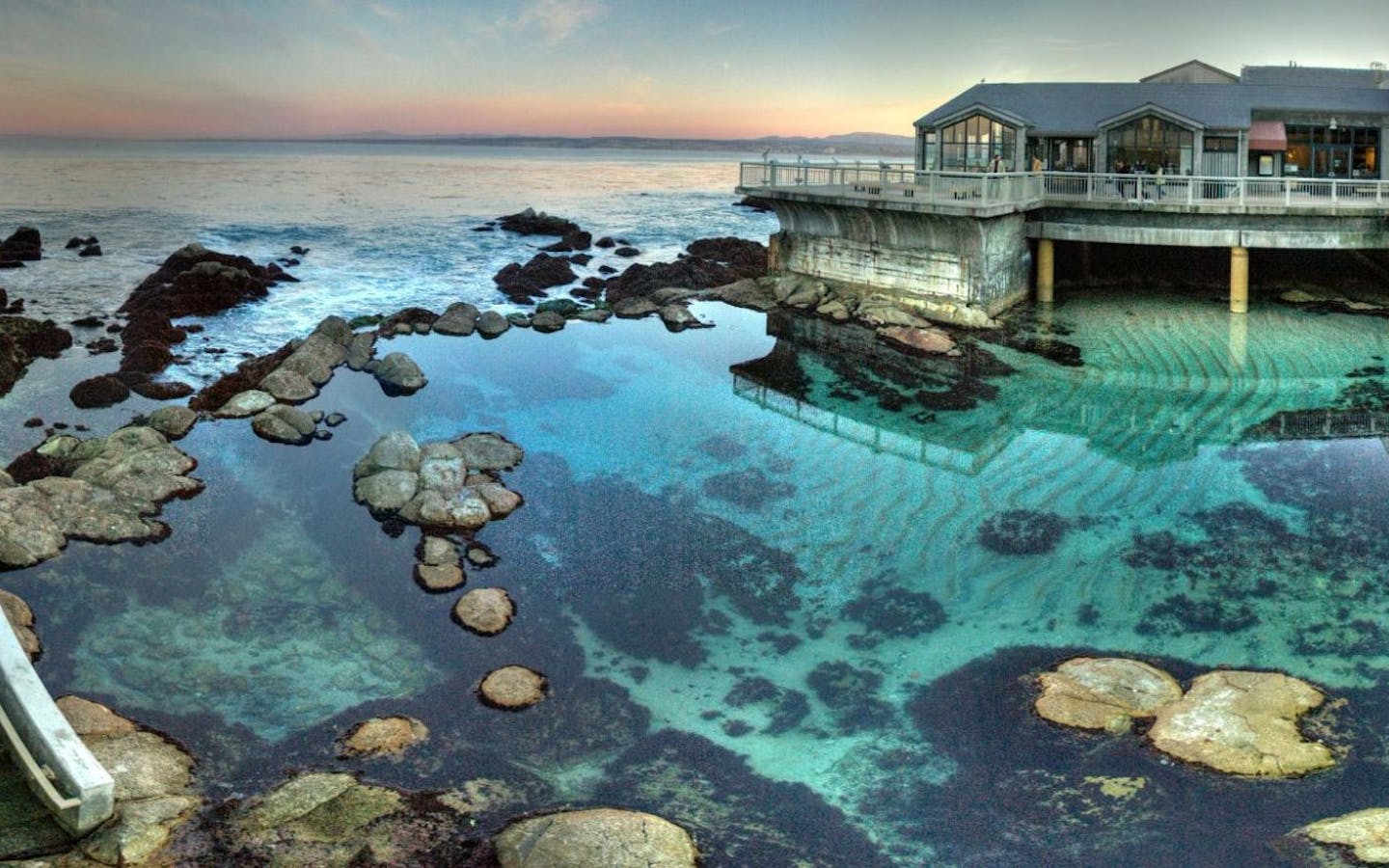JUNE 1, 2017
Editor’s note: The discovery in 2015 of rampant human rights violations in the global seafood industry sparked an effort to put a stop to it. A Conservation International special report, “A sea change for seafood?,” details how a new framework — published today in the journal Science — could transform the industry. Read the main story in our special report here. By Sophie Bertazzo
In retrospect, the news came as an unpleasant — but necessary — shock.
Investigative reports of slavery in the seafood industry in 2015 had exposed a gaping hole in what we thought we knew of how fish caught in Asian waters ended up on American plates.

What happened in 2015 when this story broke wide open is that we realized no one NGO was on top of this,” said Jennifer Dianto Kemmerly, director of global fisheries and aquaculture and head of the Seafood Watch program for Monterey Bay Aquarium in California. “Corporations that used to work with environmental non-governmental organizations (NGOs) on seafood sustainability were keen to address the issue. If we weren’t going to come together and offer them advice, they were going to get it somewhere else.
“Businesses were at the table asking the NGOs what to do and we didn’t have an answer.”
Kemmerly has had a front-row seat to the environmental NGO community’s sea change on the issue.
“Until the pieces were published, no one in the sustainable seafood community knew the full breadth or scope of the human rights situation — or anticipated how strongly different groups would push back about collaborating on a proactive solution.”
As media coverage persisted, consumer concern grew — and businesses continued to demand answers. The tide was turning toward accepting social responsibility as a critical part of the seafood sustainability conversation.
By the December 2016 meeting of the Conservation Alliance for Seafood Solutions, the shift — and the opportunity — were clear.
“We knew Jack [Kittinger] was working on this issue, but it wasn’t until that meeting — when we saw that he was really able to galvanize interest and support — that we knew we needed to take this further. So we held a workshop at Monterey Bay Aquarium in March of 2017, and we were able to agree on a single definition of ‘social responsibility’ as it relates to sustainable seafood.
“Following Jack’s direction, we agreed that we need to go beyond the immediate, reactive scope of the atrocities of human rights violations and broaden our thinking to include the social aspects that people need to thrive: The healthy economies and healthy communities integral to the sustainable seafood sector.”
The Aquarium helps NGOs and researchers like Kittinger take concepts of sustainability, including social responsibility, and mainstream them for public consumption — sometimes literally.
They’re the creators of the ubiquitous Seafood Watch Pocket Guide, a compact printout (also an app) with stoplight-colored sections of “Best Choices,” “Good Alternatives” and “Avoid” lists of fish to buy and eat, a concept that spawned a dozen spin-offs now used across supermarket chains and in restaurants. For the framework, they’re helping NGOs develop tools to answer questions such as “Which fisheries have the highest risk of human rights abuses?” so that businesses can identify where and how they can take action.
The framework includes specific recommendations for businesses to incorporate social responsibility into their seafood operations. As it launches to a global audience at the U.N. Ocean Conference, the NGOs are back at the table — and they have answers.




